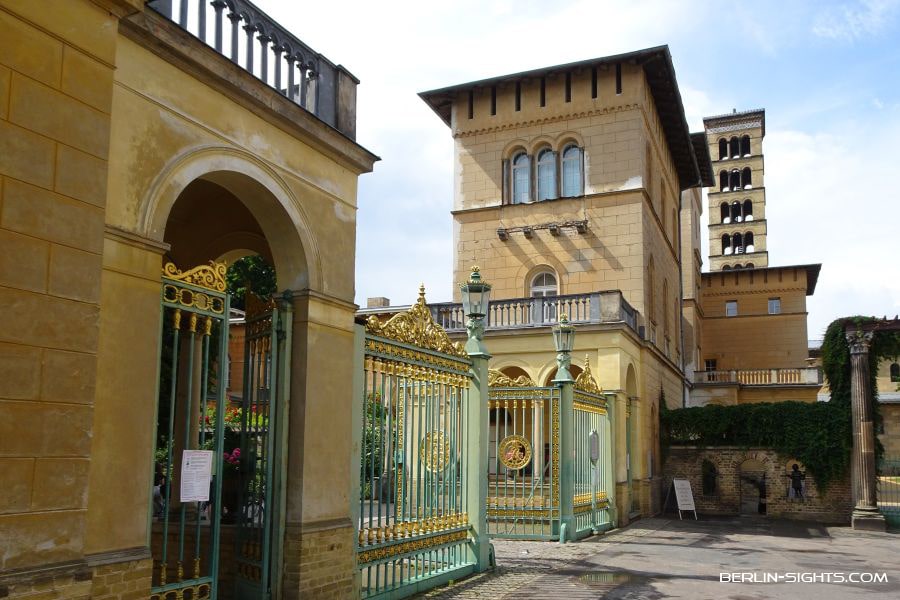Potsdam: Sanssouci Park
Potsdam borders directly on Berlin and is therefore easy to combine with a visit to Berlin. Potsdam, the state capital of Brandenburg, is one of the most beautiful cities in Europe. The city is shaped by the many parks, gardens and castles. Many of them are Unesco World Heritage. Potsdam is particularly known for the Sanssouci Palace and the Sanssouci Park.
table of contents
Sanssouci Park
The approximately 290 hectare Sanssouci Park is one of the most beautiful park landscapes in Germany with its many palaces of different styles. It is not surprising that this particular creation of building and gardening art attracts many thousands of visitors every year. The park, which was laid out by Frederick the Great from 1744, was expanded and redesigned several times. Countless horticulturalists were involved. Georg Wenzeslaus von Knobelsdorf, Heinrich Christian Eckstein and Peter Joseph Lenné, among others, shaped the park.
The park consists of different core areas:
- the regular Frederician pleasure garden with the vineyard terraces (1744 to 1757) – west of the obelisk
- the sentimental, scenic deer garden (1745-1763) – then west to the New Palais
Sights in Sanssouci Park
In addition to the Sanssouci Palace, there are many other attractions and sights in the park. These include the New Palais, the orangery, the Chinese tea house, Charlottenhof Palace, the Friedenskirche and of course the park itself.

Sanssouci Palace
The Sanssouci Palace is the highlight of every trip to Potsdam. Let yourself be enchanted by the summer palace of Frederick II and the vineyard terraces.
New palace in Sanssouci Park
The New Palace, the Fanfaronade, was built in 1763-1769 to mark the end of the Seven Years’ War in Prussia. Builders for Frederick the Great included Büring, Manger and Gontard. The beautiful Rococo building stands in the west and forms the end of the park here. It was Frederick’s last creation.
Orangery in Sanssouci Park
The orangery was built by Persius from 1851 to 1860 on behalf of Friedrich Wilhelm IV. The Italian Renaissance is reflected in the 300 m long building.
Chinese tea house
Frederick the Great had the small Chinese pavilion built near his summer palace, Sanssouci. Life-size, gold-plated sandstone figures of Chinese people playing and dining are grouped around the Chinese tea house.
Charlottenhof Palace
The Charlottenhof Palace, modeled on Italian country villas, is a classicist summer palace of Crown Prince Friedrich Wilhelm IV and his wife Elisabeth. It is closely related to landscaping. It was originally built between 1756 and 1758 by Johann Gottfried Büring. Later, from 1826 to 1826, it was redesigned into a palace by Karl Friedrich Schinkel and Ludwig Persius.
Church of Peace
The Church of Peace is located in the Marlygarten right by the green grid. It was built at the request and with the close participation of the artistically gifted Prussian King Friedrich Wilhelm IV according to plans by the court architect Ludwig Persius. The Friedenskirche is an expression of the deep religiosity of Friedrich Wilhelm IV.
You can find more information about Sanssouci Park on our partner site Potsdam Sanssouci.
Address
Zur Historischen Mühle 1, 14469 Potsdam
opening hours
All year round, daily 8 a.m. until dark
Valid 01.01. – 31.12.

